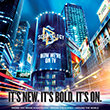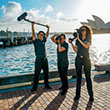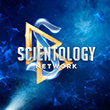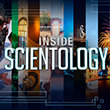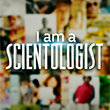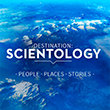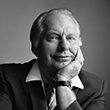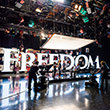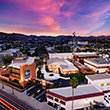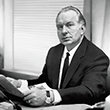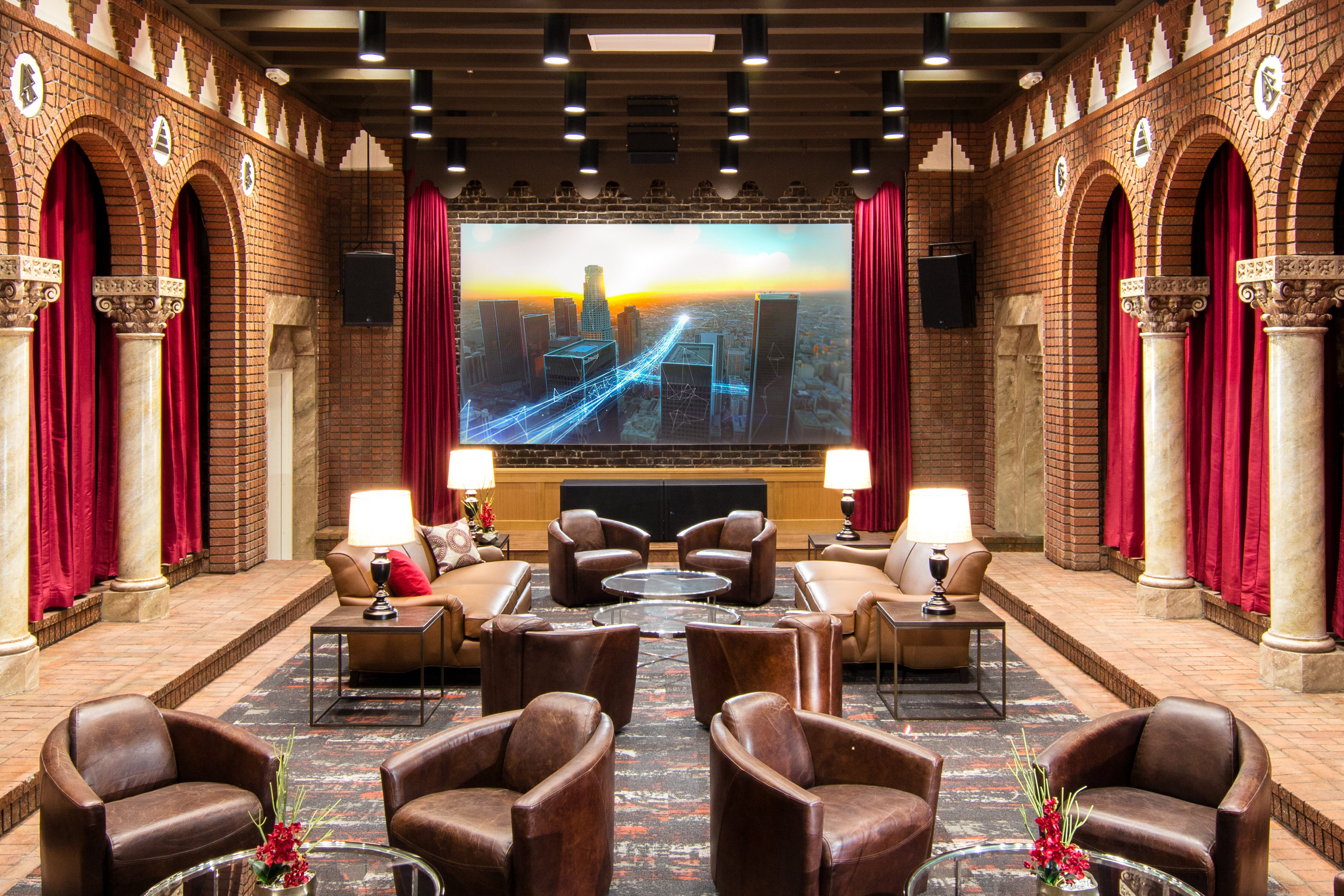The Scientology Network studio in the heart of historic Hollywood revives a creative tradition.
In 1912, Philadelphia film producer Siegmund Lubin came to Los Angeles and built a film studio. The motion picture industry was still in its technological infancy. Movie audiences would not hear an actor speak on film for 15 more years.
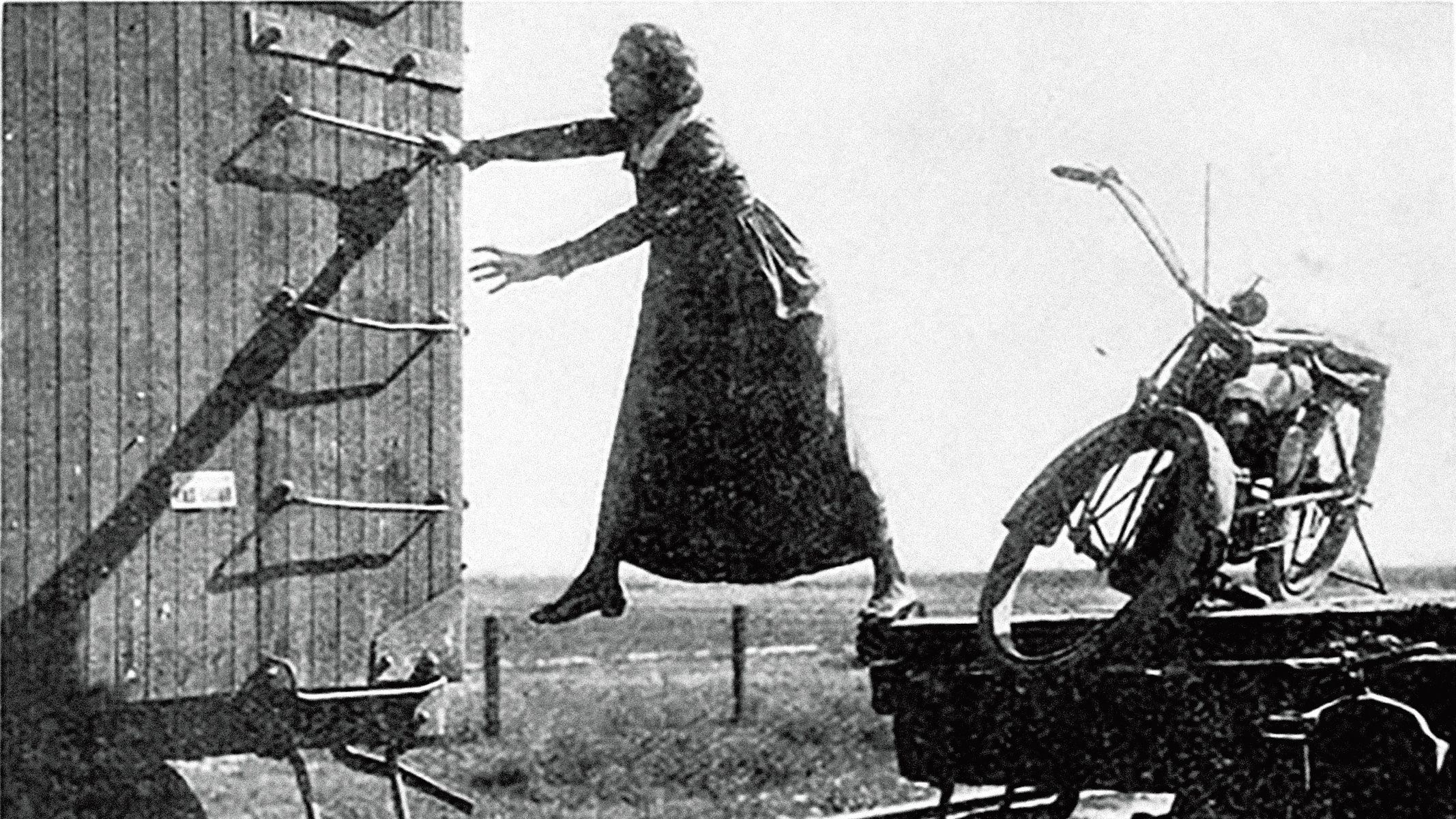
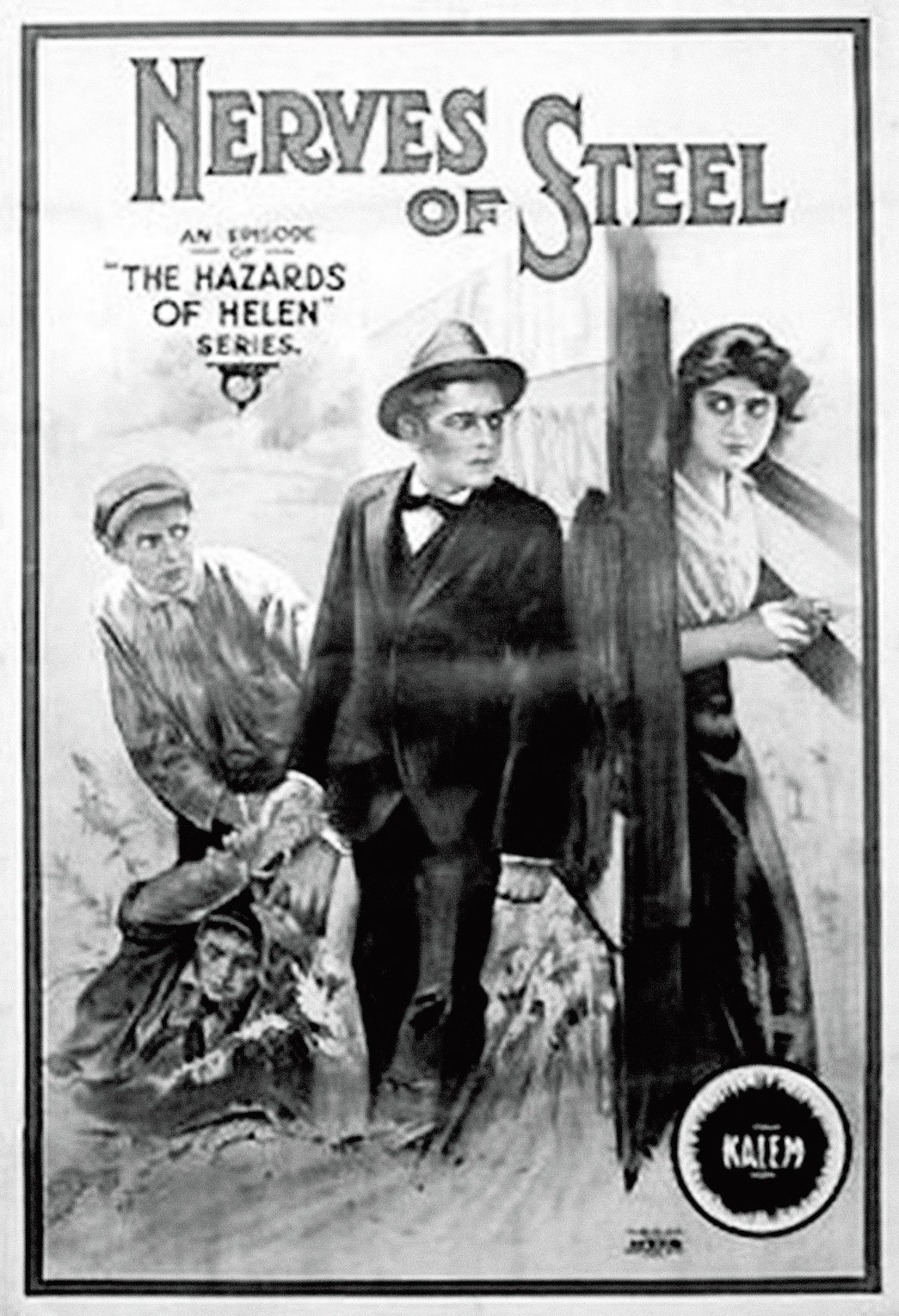
Lubin specialized in making educational films on his movie lot, but the property began its long tenure in entertainment the very next year when it was purchased by a new production company that churned out one-reel comedies and Westerns.

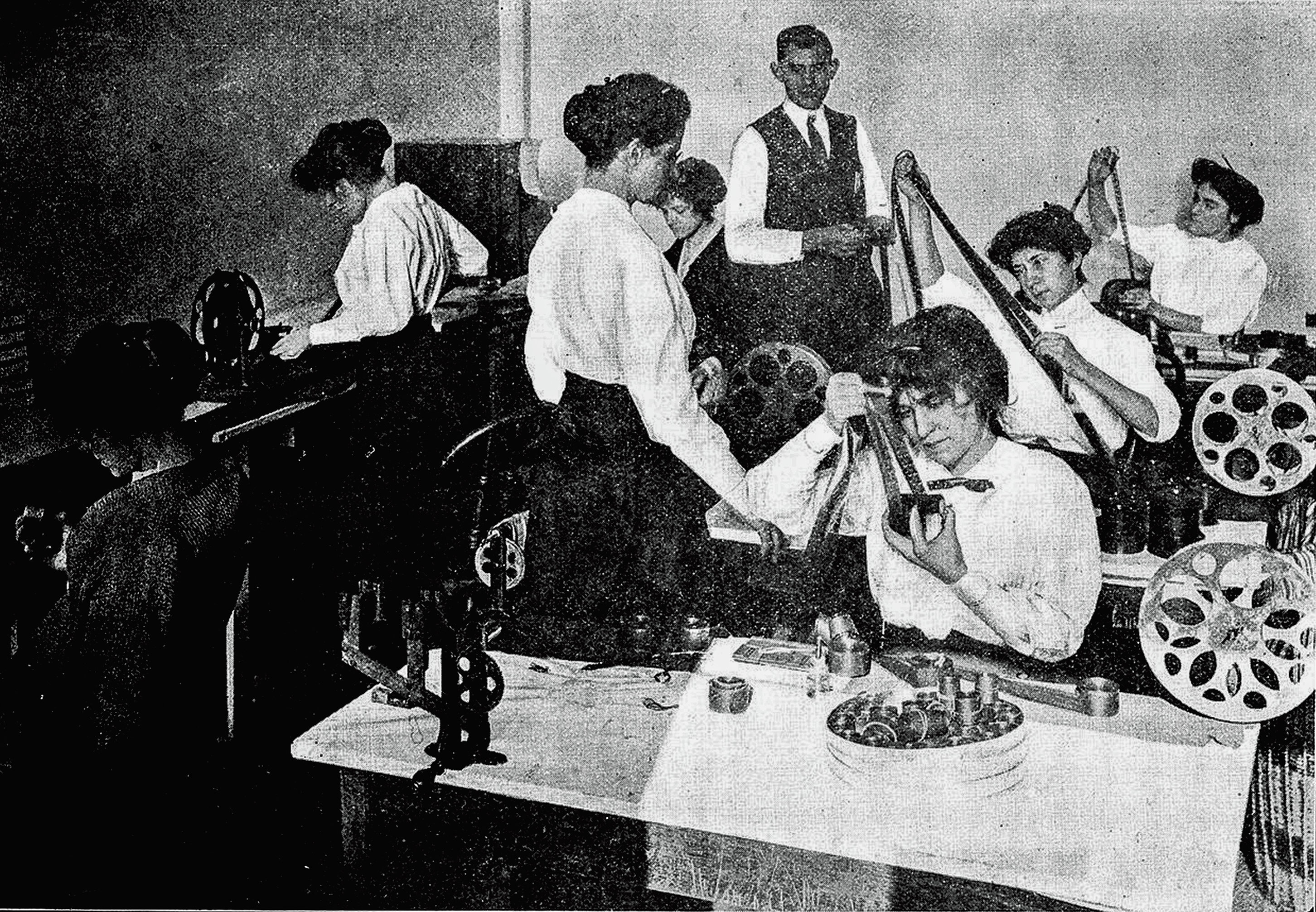
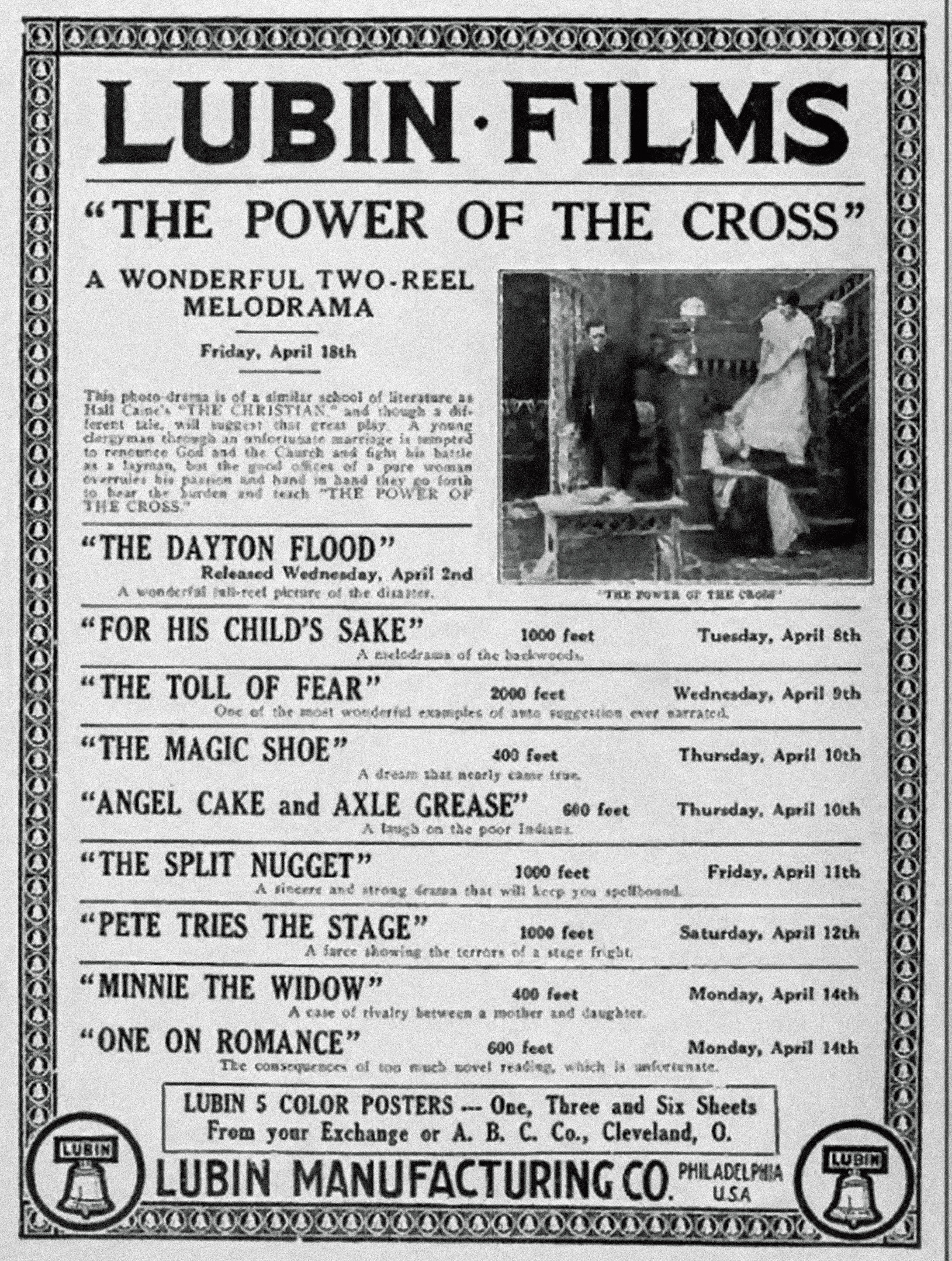
In 1920, actor Charles Ray saw the potential in this perfectly located property in the midst of Hollywood and purchased it. Ray saw to its beautification too, building the red brick structures that today give the lot its historic charm. But Ray’s most impressive feat was building a sound stage unlike any before it, called by Moving Picture News “the last word in studio construction.” Enclosed in glass from the ceiling on down, it was state-of-the-art for day and night shooting.
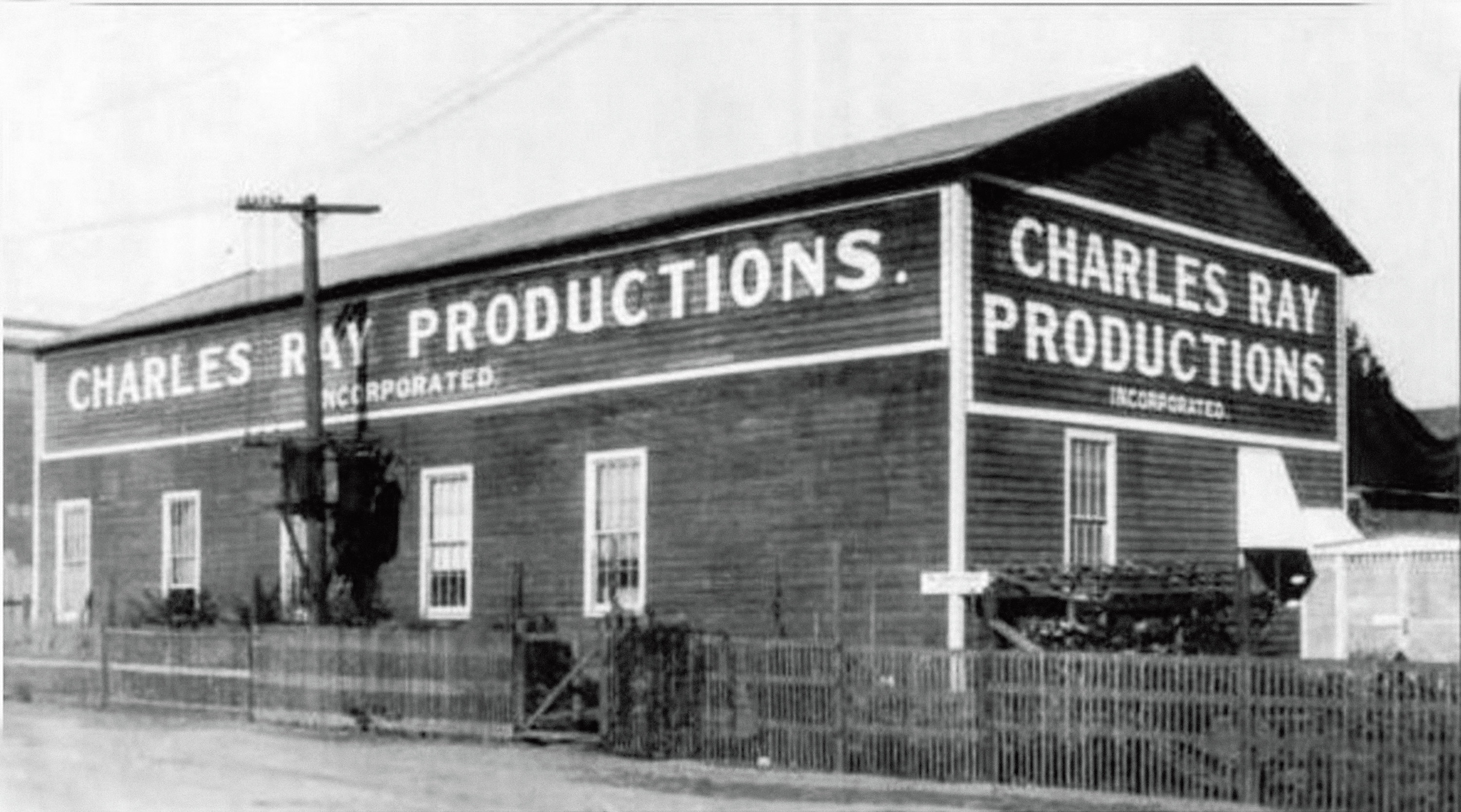

Ray’s big gamble was the outrageously expensive (at that time) $800,000 budget for the movie, The Courtship of Myles Standish. When the film flopped, Ray went bankrupt. The studio’s sale attracted Ralph M. Like, an engineer who developed a system for recording sound on film. The renamed Sunset Studio was back in business with a new sound stage, turning out Westerns throughout the 1930s. Iconic director John Ford filmed his 1937 epic, Hurricane, on the lot. Also in 1937, a young writer named L. Ron Hubbard was hired here to adapt one of his novels into the 15-episode movie serial, The Secret of Treasure Island.
In the late 1930s Monogram Pictures and Allied Artists began renting the Sunset Studio, and between 1942 and 1965 it was one of the most star-studded lots in Hollywood. Anthony Quinn cut his teeth as an actor on the lot in Black Gold. Child star Roddy McDowell did his work on the lot for Kidnapped. Gary Cooper graced its sound stages in two films, Friendly Persuasion and Love in the Afternoon, the latter film with Audrey Hepburn.
Joel McCrea brightened the busy lot in The Oklahoman, and a couple of years later the site would see Vincent Price performing in House on Haunted Hill, and Rod Steiger playing Al Capone. In 1961, Charlton Heston and Sophia Loren worked together there for the spectacular film, El Cid. And in 1965, it was Elvis Presley on the set for his film, Tickle Me.
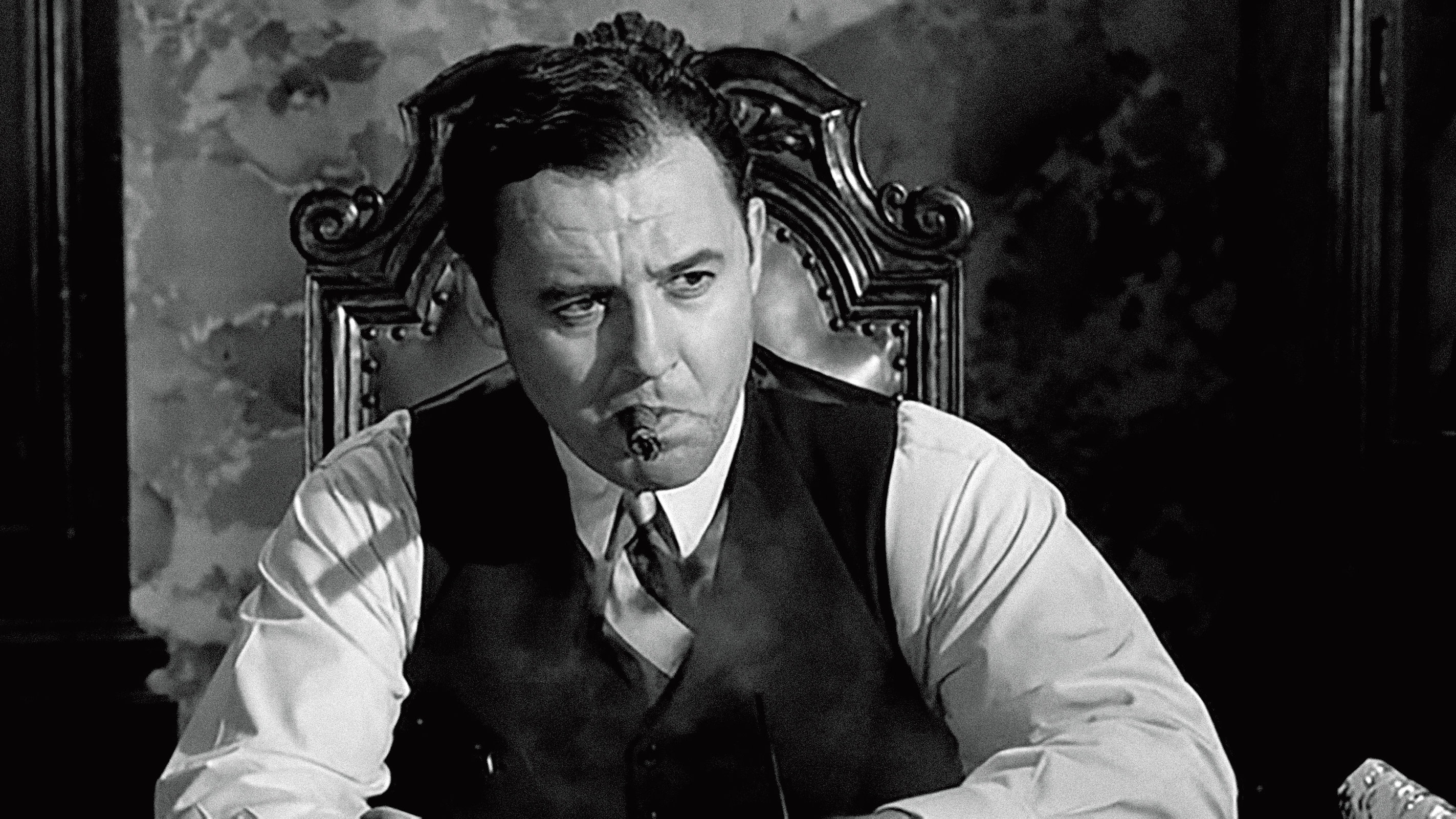
During this time, the Sunset Studio also turned out such culturally classic films as Invasion of the Body Snatchers and Riot in Cell Block 11.
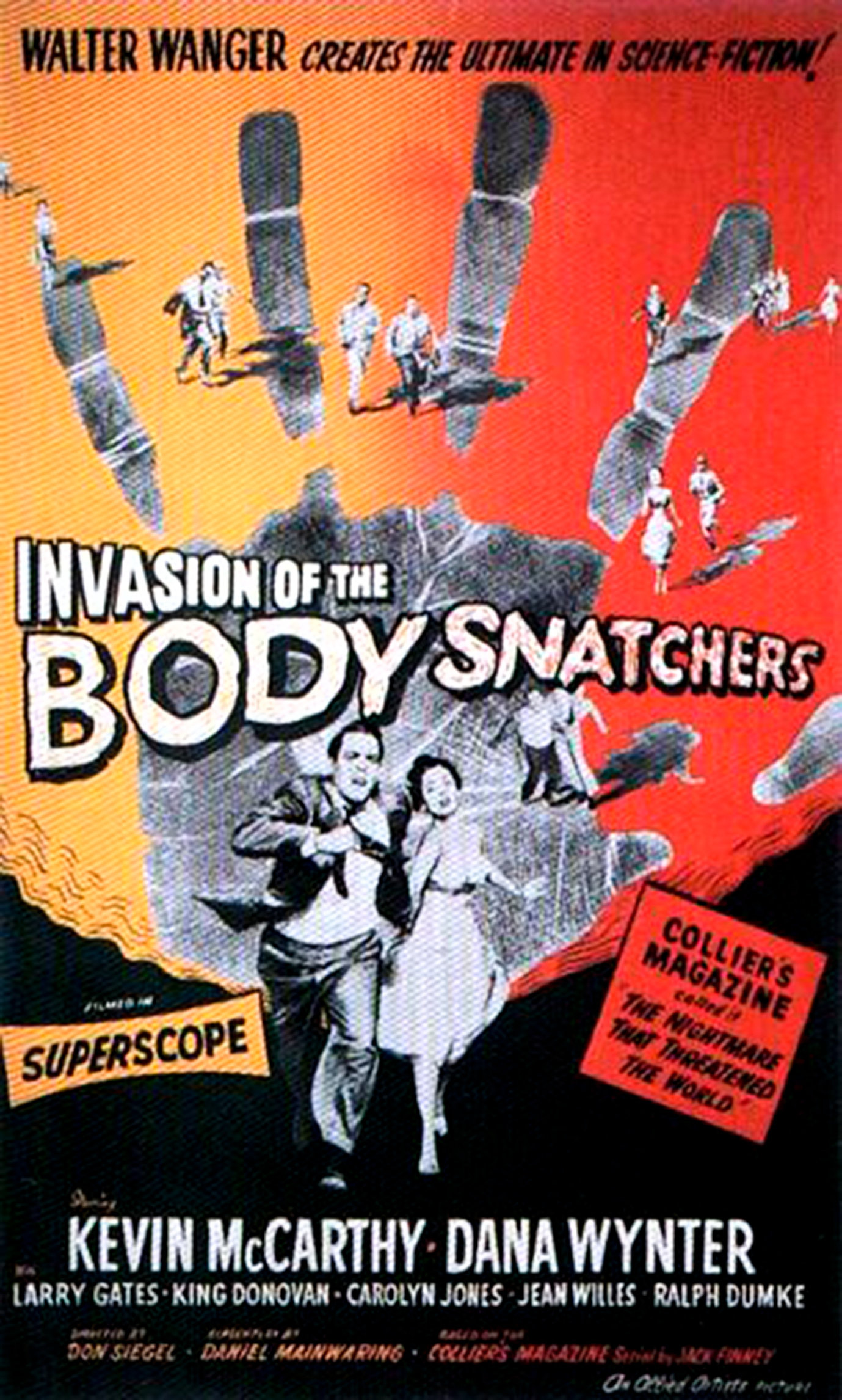

In 1966, financial difficulties forced Allied Artists to cease production activities and three years later ColorVision purchased the lot and rented it for independent productions. But when ColorVision went bankrupt in 1969, the now-historic lot was on the auction block again. The new buyer was local Los Angeles public television station KCET, which overnight became the owner of the largest production lot in public television.
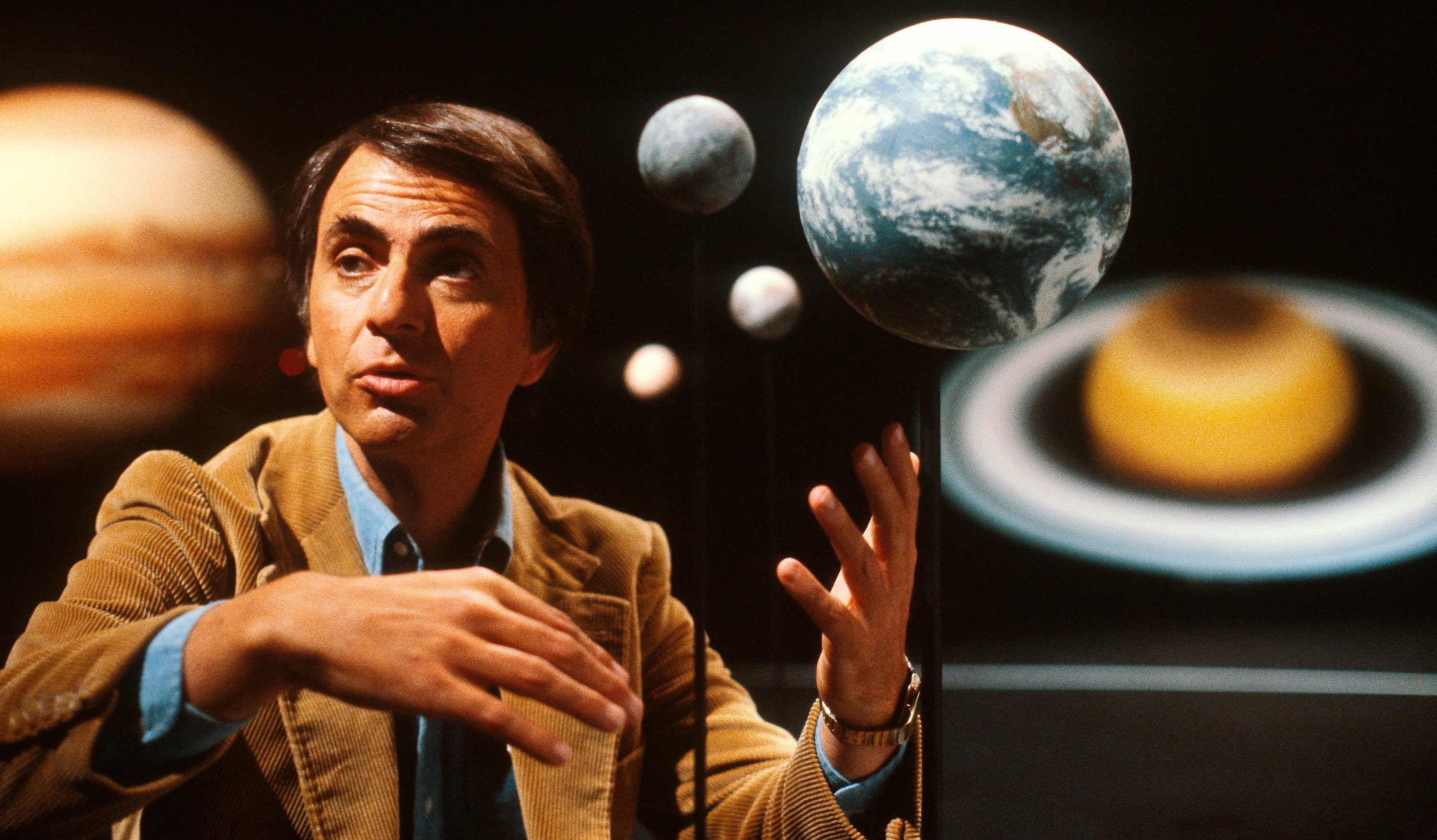
In 1975, KCET built a new brick administration building on the site, and produced such memorable programming as Carl Sagan’s Cosmos and the anthology program featuring the classics of foreign film, Film Odyssey, hosted by pioneering movie critic Charles Champlin.
The reign of KCET ended on April 25, 2011, when its officers confirmed the studio lot’s acquisition by the Church of Scientology.
After a meticulous restoration and technological investment, the historic lot reopened on May 28, 2016 as Scientology Media Productions (SMP). Now home to 21st-century cutting-edge technology, the famed lot from Hollywood’s Golden Era is once again alive with activity, poised to disseminate the message of the world’s youngest major religion on a global scale.

